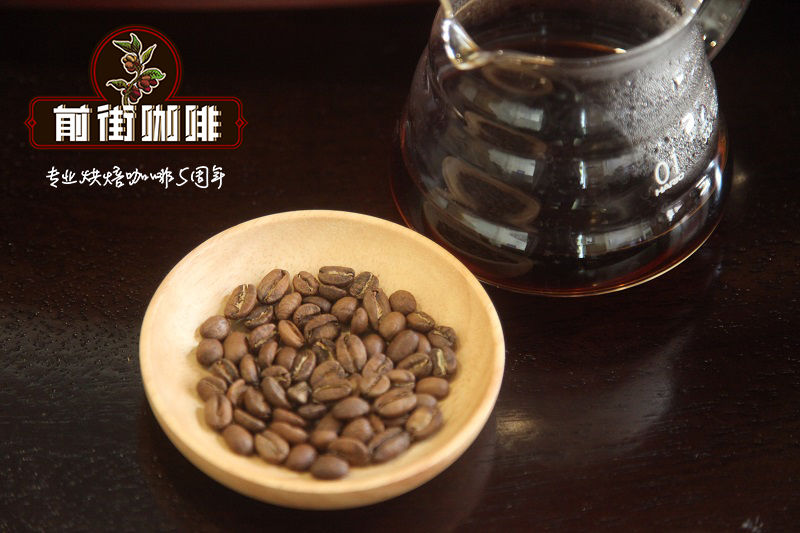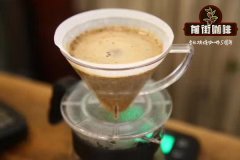The principle of Coffee Bean anaerobic fermentation Coffee by anaerobic fermentation

Professional coffee knowledge exchange more coffee bean information please follow the coffee workshop (Wechat official account cafe_style)
What is fermentation?
Let's go back to our high school science class: fermentation is a chemical reaction. The combination of yeast, bacteria, and other microorganisms breaks down one substance into other simpler substances. Usually, the decomposing substance is sugar. When this happens, they release heat. Moreover, different kinds of enzymes can catalyze this event.
Or, more simply, fermentation is a natural change that happens when you put sugar and water together-and coffee fruits are rich in both. Therefore, after the cherries are picked (or sometimes before, depending on the humidity), the fermentation process will begin.
The problem is that fermentation can improve the taste of coffee or destroy it. It's just a matter of how you handle it.
What does fermentation have to do with coffee?
Fermentation is the key link of post-harvest coffee processing. It can happen in two ways:
Aerobic: this happens when there is oxygen. The fermentation project is simple: put the freshly picked cherries in a container and let the microbes work. Monitor time and temperature to help you control and analyze it.
Anaerobic: in this case, the coffee cherry is placed in a trough (before or after pulping) and covered in water. This allows different microbes to work.
So, what's the difference? Well, Carlos told me, "the anaerobic process is more uniform and easier to monitor, while aerobic exercise is more uneven and more complex to monitor."
But you don't have to choose one of them. Carlos explained that at O & # 39 position Coffee, they performed both aerobic and anaerobic treatments, and sometimes they even "started with aerobic treatment and ended with anaerobic treatment".
There are many methods of fermentation, and the more experiments we do, the more we know about the quality of coffee.
How does fermentation affect the quality of coffee?
Because fermentation is so complex, there are many different potential results. Bad, uncontrolled fermentation can cause coffee to mildew and even produce a chemical flavor-which is why it is so important for producers to understand the process, monitor it, and work according to best practices.
Because when the fermentation is successful, it can improve the best quality of coffee.
Carlos told me that the fermentation experiment of O & # 39 Tech Coffee is to "expand their product range and provide their customers with unique coffee, exotic coffee." It basically refines the sweetness, acidity and taste of these coffees, adding unique sensory flavors such as fruit, caramel and chocolate. "
As Dr Britta Folmer Volmer wrote in his book Coffee Technology and Science (The Craft And Science of Coffee), "it is said that the purpose of removing mucus by underwater fermentation is to emphasize the acidity and aroma of coffee and to eliminate some astringency." Natural pulping coffee or honey processing coffee is a combination of wet and dry processes. In the drying stage, the mucus cannot or can only be partially removed, which may lead to a certain degree of limited fermentation. This can produce some special sweetness, closer to the natural process. "
But manufacturers must be careful. As Carlos told me, "fermentation for too long may lead to a significant decline in sensory quality." The acidity, body and sweetness of the wine will decline significantly. "
END
Important Notice :
前街咖啡 FrontStreet Coffee has moved to new addredd:
FrontStreet Coffee Address: 315,Donghua East Road,GuangZhou
Tel:020 38364473
- Prev

Is Sumatran coffee good? why is Sumatran coffee bitter? Sumatran water washes coffee beans.
Professional coffee knowledge exchange more information about coffee beans Please follow the coffee workshop (Wechat official account cafe_style) what is the taste of Sumatran coffee? The taste of Sumatran coffee can be described as smooth and full-bodied, often called syrup. Low acidity provides a complex taste, often showing a sweet chocolate hue. How Sumatran Coffee is grown
- Next

How many hours does it take to ferment coffee? can coffee ferment? can you still drink coffee when it's fermented?
Professional coffee knowledge exchange more coffee bean information please follow the coffee workshop (Wechat official account cafe_style) coffee fermentation in the end how does it happen? Producers can choose many different ways to ferment their coffee. As a new and popular topic, there is still a lot to learn, and experiments can help improve the quality. At O Coffee, Carlos told me that he
Related
- Beginners will see the "Coffee pull flower" guide!
- What is the difference between ice blog purified milk and ordinary milk coffee?
- Why is the Philippines the largest producer of crops in Liberia?
- For coffee extraction, should the fine powder be retained?
- How does extracted espresso fill pressed powder? How much strength does it take to press the powder?
- How to make jasmine cold extract coffee? Is the jasmine + latte good?
- Will this little toy really make the coffee taste better? How does Lily Drip affect coffee extraction?
- Will the action of slapping the filter cup also affect coffee extraction?
- What's the difference between powder-to-water ratio and powder-to-liquid ratio?
- What is the Ethiopian local species? What does it have to do with Heirloom native species?

